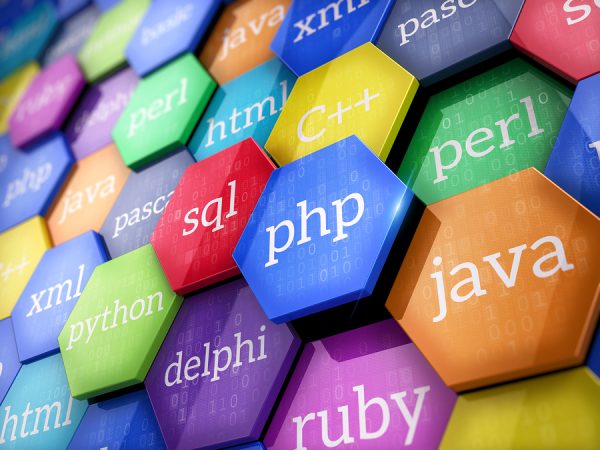
Our world is changing.
With the constant introduction of new technology in today’s society, new careers and opportunities are always becoming available to those who are entering our workforce. As countless organizations and corporations are scrambling to adapt to the technological innovations of the twenty-first century, employees with the skills to fill and excel in these tech support positions are in increasingly high demand. At the forefront of this revolution is the growing pressure for businesses for develop a strong online presence. This drive has led to a powerful demand for employees who possess skills in web development and social media marketing. The power to build a webpage has become the power to find opportunity in today’s job market.
At this point, you may be thinking “Okay, I’ll bite. Where do I start?” There are three main programming languages that are an essential part of the web developer’s arsenal: HTML, CSS, and JavaScript. Each of these languages have their own unique characteristics and uses, and are equally important in the creation of an effective and enticing webpage. While each language is a powerful tool by itself, they are designed to be compatible with each other and are best used in conjunction.
1. HTML
HTML, or Hypertext Markup Language, is primarily used in the creation of the webpage skeleton. It is the most important of the three languages that this post will cover. HTML is responsible for creating the “physical” elements of the webpage. Elements such as links, text, images/video, dividers, and others are inserted into the webpage through HTML. It essentially forms the webpage’s skeleton. All other languages that are incorporated in web development are implemented around HTML and are spaced in specific areas according to the tags used in the HTML code.
2. CSS
CSS, or cascading style sheets, is the simplest of the three languages. HTML is primarily used to create the practical structure of a website. CSS, on the other hand, is used to style the elements of the webpage that are created through HTML. Colors, fonts, borders, and other characteristics are all controlled through CSS.
3. JavaScript
Finally, the last of the three languages we will talk about today is JavaScript. While it is not required, JavaScript is commonly used to add an air of interactivity to websites of all kinds. JavaScript is object-oriented and is ideal for the creation of interactive programs such as games, apps, and other interfaces. It is also commonly used in conjunction with HTML to create websites that interact with their users.
As we are constantly moving towards technological advancement, every industry in the job market is striving to adapt to a more digital world, and those who have the skills to fill those tech-support positions have the chance to make an impact and secure a career. Learning those three coding languages will offer you many benefits, and, above all else, opportunity.
About the Author
My name is Roscoe Burk-Moody and I am currently a junior at Heathwood Hall Episcopal School. I’m an artist, have an avid interest in music, and currently aspire to major in and build my background in the computer sciences.

Hi, Very useful article. Do we require to learn these skills to create our own website or can we use the websites like wix, shopify, wordpress with plugins to create the website without coding?
Thanks!
Hi there, one could definitely use websites such as those to build a basic website without coding.